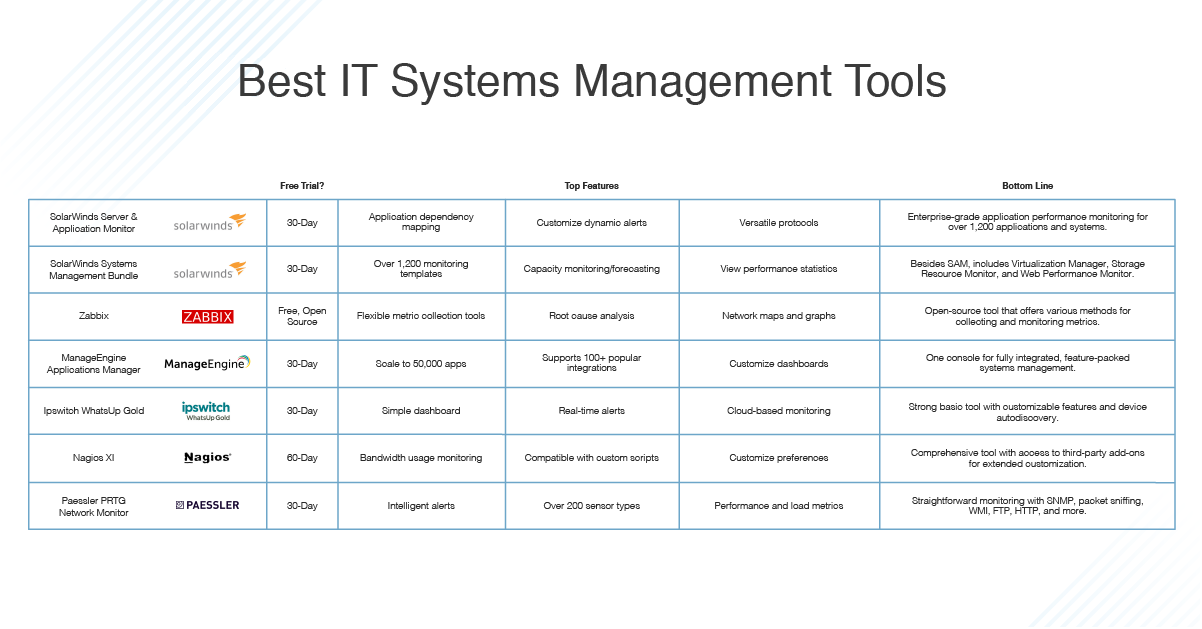Are you curious about the different types of software tools that are available today? In this article, we will explore a wide range of examples that can help simplify your work and enhance your productivity. From task management software to collaboration tools and data analytics platforms, we will cover a variety of software tools that can revolutionize the way you work. So, whether you are a tech-savvy professional or simply interested in learning more about the latest innovations, read on to discover the diverse world of software tools and how they can benefit you. Software tools are a crucial aspect of modern-day technology and play a pivotal role in various industries. They are programs or applications that are designed to assist users in performing specific tasks or achieving specific goals. These tools can range from simple programs that aid in basic data processing to complex software used for advanced analytics and development. In this article, we will explore the different categories of software tools and discuss examples of tools within each category.
One of the main purposes of software tools is to simplify and automate tasks that would otherwise be tedious and time-consuming. They enable users to accomplish their objectives more efficiently and effectively. Whether it’s testing, development, design, collaboration, security, data analytics, project management, or automation, software tools provide the necessary resources and functionalities to streamline processes and enhance productivity.
Let’s delve into the various categories of software tools and see some examples within each category.
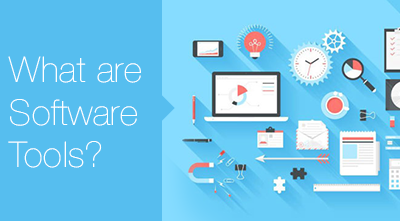
This image is property of assets.goodfirms.co.
Testing Tools
Testing tools are instrumental in ensuring the quality and reliability of software applications. They assist in identifying and rectifying defects, bugs, and errors during the development and implementation stages. There are several types of testing tools available, each serving a specific purpose.
Unit Testing Tools
Unit testing tools are designed to test individual components or modules of software to ensure that they function correctly in isolation. Examples of popular unit testing tools include JUnit for Java, NUnit for .NET, and PHPUnit for PHP.
Functional Testing Tools
Functional testing tools evaluate the functionality of a software application by testing its features and user interactions. Popular examples include Selenium for web application testing, Appium for mobile application testing, and HP UFT (Unified Functional Testing) for both web and desktop applications.
Performance Testing Tools
Performance testing tools assess the performance and scalability of software applications by simulating real-world scenarios and stress testing. Some notable examples include Apache JMeter, LoadRunner, and Gatling.
Security Testing Tools
Security testing tools help identify vulnerabilities and security flaws in software applications. These tools scan for potential threats and provide insights into potential weaknesses. Examples include OWASP ZAP, Burp Suite, and Nessus.
User Interface Testing Tools
User interface testing tools focus on testing the usability, accessibility, and visual aspects of software applications. Tools like TestComplete, Selenium, and Telerik Test Studio aid in automating UI testing and ensuring a seamless user experience.
Development Tools
Development tools are essential for programmers and developers to write, debug, and maintain software code. These tools facilitate the creation of software applications by providing features such as code editing, debugging, version control, and project management.
Integrated Development Environment (IDE)
IDEs are comprehensive software development tools that provide a complete environment for writing, testing, and deploying software applications. Examples of popular IDEs include Visual Studio, Eclipse, IntelliJ IDEA, and Xcode.
Code Editors
Code editors are lightweight tools that focus on providing a clean and efficient interface for writing and editing code. Some popular code editors are Visual Studio Code, Sublime Text, Atom, and Notepad++.
Version Control Tools
Version control tools enable developers to track changes made to the source code and collaborate with others seamlessly. Git, Mercurial, and SVN (Subversion) are widely used version control tools in software development.
Debugging Tools
Debugging tools assist in identifying and fixing errors, bugs, and issues within software applications. These tools provide insights into the behavior of the code during runtime. Examples include gdb, Visual Studio Debugger, Xdebug, and Chrome DevTools.
Project Management Tools
Project management tools are designed to aid in planning, organizing, and tracking the progress of software development projects. Tools like Jira, Trello, Asana, and Basecamp help teams collaborate, assign tasks, and monitor project milestones.
Build Tools
Build tools automate the process of compiling and building software applications from source code. Examples include Apache Maven, Gradle, and Ant.
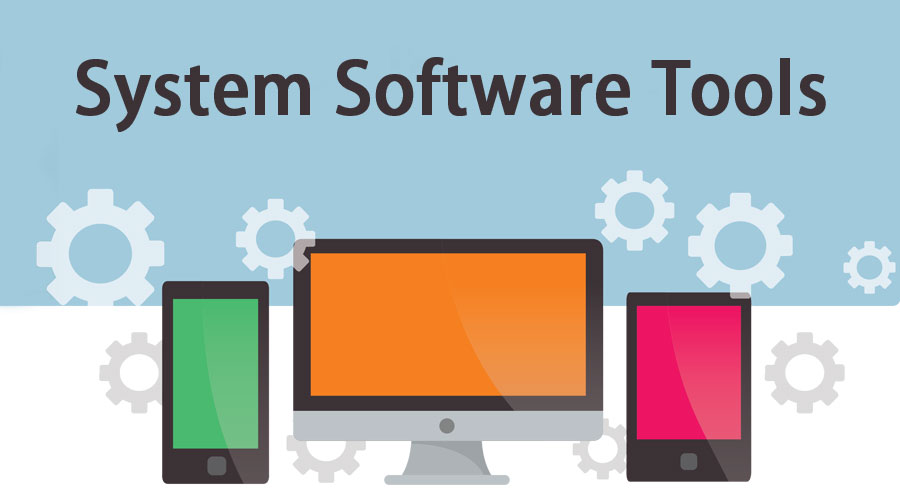
This image is property of cdn.educba.com.
Database Tools
Database tools are used for managing, organizing, and manipulating databases. They provide functionalities for designing databases, querying data, administering databases, and integrating data from multiple sources.
Database Design Tools
Database design tools aid in creating and maintaining the structure and schema of databases. Examples include MySQL Workbench, Oracle SQL Developer Data Modeler, and Microsoft SQL Server Management Studio.
Query Tools
Query tools assist in querying and manipulating data in databases using query languages like SQL. Popular examples include SQL Developer, MySQL Workbench, and dbForge Studio.
Database Administration Tools
Database administration tools help administrators manage and monitor databases, perform backups, maintain security, and optimize performance. Tools like phpMyAdmin, pgAdmin, and Microsoft SQL Server Management Studio fall into this category.
Data Integration Tools
Data integration tools facilitate combining and integrating data from various sources into a unified format. Talend, Informatica, and Microsoft SQL Server Integration Services (SSIS) are examples of popular data integration tools.
Design Tools
Design tools assist in creating and enhancing visual elements and user interfaces of software applications. These tools range from graphic design tools to wireframing and UI/UX design tools.
Graphic Design Tools
Graphic design tools are used for creating and editing visual elements such as logos, illustrations, and images. Examples include Adobe Photoshop, Illustrator, and CorelDRAW.
Prototype Design Tools
Prototype design tools aid in creating interactive and realistic prototypes of software applications. Tools like Sketch, Adobe XD, and InVision facilitate the creation of prototypes with functional interactions and animations.
Wireframing Tools
Wireframing tools help in creating low-fidelity sketches or mockups of the user interface and layout of software applications. Balsamiq, Axure RP, and Figma are popular wireframing tools.
UI/UX Design Tools
UI/UX design tools facilitate the creation of visually appealing and intuitive user interfaces. Examples include Sketch, Figma, Adobe XD, and InVision Studio.
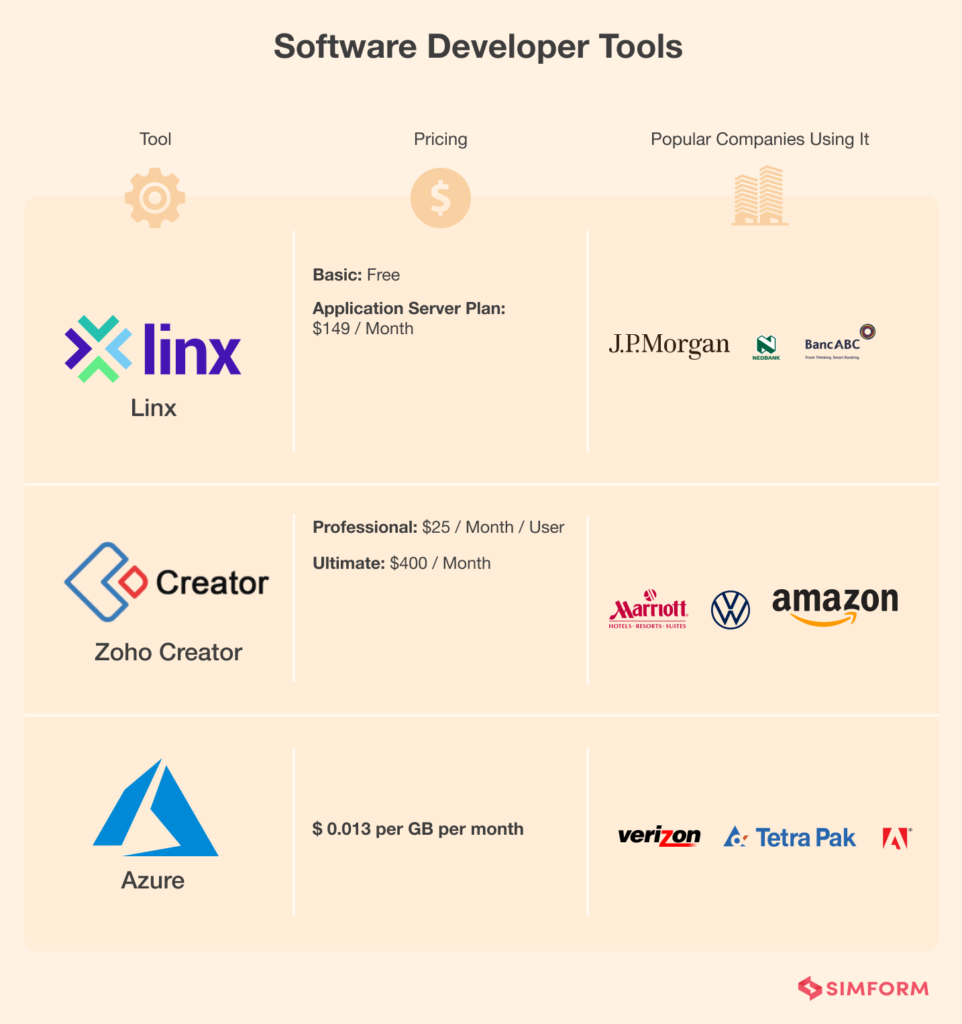
This image is property of www.simform.com.
Collaboration Tools
Collaboration tools enable effective communication and teamwork among team members working on software development projects. These tools facilitate project management, document collaboration, version control, and virtual meetings.
Communication Tools
Communication tools enable team members to interact and collaborate effectively. Examples include Slack, Microsoft Teams, Zoom, and Google Meet.
Project Management Tools
Project management tools, as mentioned earlier, assist in planning, organizing, and tracking project progress. They enable collaboration, task assignment, and monitoring. Examples include Jira, Trello, Asana, and Basecamp.
Document Collaboration Tools
Document collaboration tools allow team members to collaborate on documents, make real-time edits, and provide feedback. Google Docs, Microsoft SharePoint, and Dropbox Paper are popular tools in this category.
Version Control Tools
Version control tools, mentioned earlier in the development tools section, also have a role in collaboration. They enable team members to work on the same codebase simultaneously and manage conflicts. Git, Mercurial, and SVN are widely used in this context.
Virtual Meeting Tools
Virtual meeting tools facilitate remote communication and collaboration through video conferencing and screen sharing. Examples include Zoom, Google Meet, Microsoft Teams, and Webex.
Security Tools
Security tools are crucial in ensuring the safety and protection of software applications and data. They help detect vulnerabilities, prevent unauthorized access, and secure sensitive information.
Firewall Tools
Firewall tools act as a barrier between an internal network and external networks, protecting against unauthorized access and malicious attacks. Some popular firewall tools include pfSense, iptables, and Windows Firewall.
Antivirus Tools
Antivirus tools are designed to detect and remove malicious software, viruses, and malware from computer systems. Examples include Norton, McAfee, Avast, and Windows Defender.
Vulnerability Scanning Tools
Vulnerability scanning tools scan software applications and systems for potential vulnerabilities and weaknesses that can be exploited by attackers. Nessus, OpenVAS, and Acunetix are popular vulnerability scanning tools.
Intrusion Detection and Prevention Tools
Intrusion detection and prevention tools monitor networks and systems for malicious activities and attempts to compromise security. Snort, Suricata, and Bro are examples of widely used intrusion detection and prevention tools.
Encryption Tools
Encryption tools protect data by converting it into a form that is unreadable without a decryption key. Examples of encryption tools include VeraCrypt, GnuPG, and BitLocker.
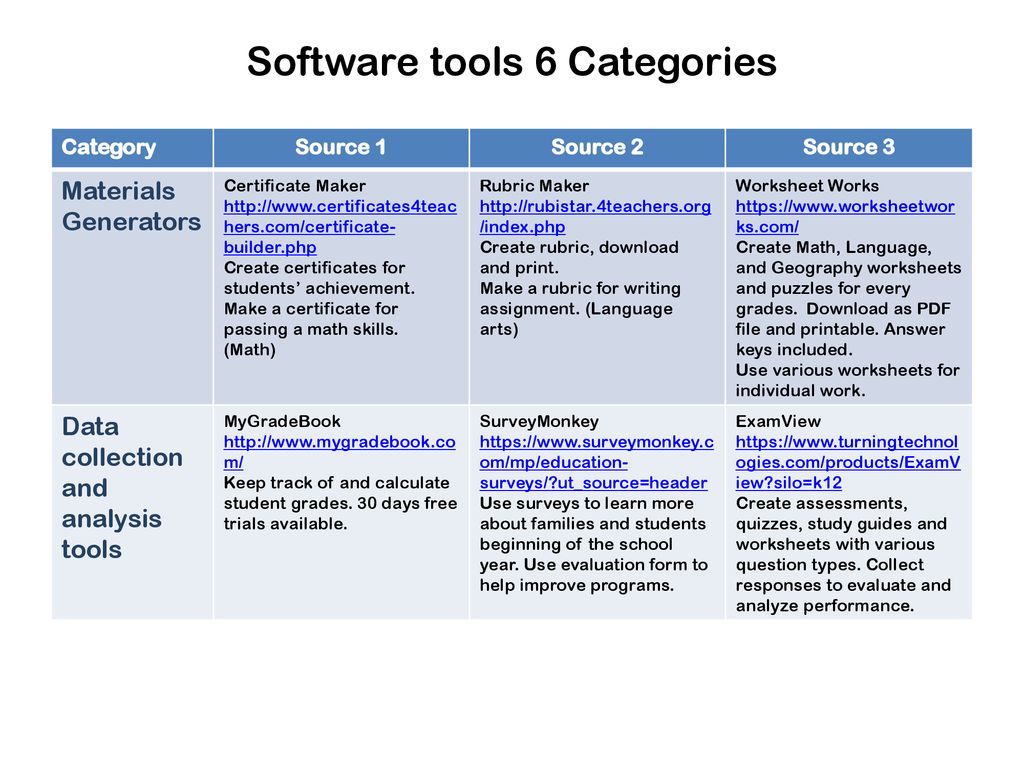
This image is property of slideplayer.com.
Data Analytics and Business Intelligence Tools
Data analytics and business intelligence (BI) tools provide insights into data patterns, trends, and metrics to support decision-making processes.
Data Visualization Tools
Data visualization tools help in presenting complex data in a visual and easily understandable format. Examples include Tableau, Power BI, and QlikView.
Statistical Analysis Tools
Statistical analysis tools aid in analyzing and interpreting data using statistical techniques and algorithms. Popular tools in this category include R, Python (with libraries such as NumPy and pandas), and IBM SPSS Statistics.
Data Mining Tools
Data mining tools automate the process of exploring and discovering patterns, relationships, and insights from large datasets. RapidMiner, KNIME, and Weka are examples of widely used data mining tools.
Reporting Tools
Reporting tools generate meaningful reports and summaries from data for better understanding and decision-making. Examples include Crystal Reports, SQL Server Reporting Services, and JasperReports.
Business Intelligence (BI) Platforms
BI platforms provide a comprehensive suite of tools and functionalities for data analysis, reporting, and visualization. Popular examples include Microsoft Power BI, Tableau, and QlikView.
Project Management Tools
Project management tools, as mentioned earlier, are essential for planning, organizing, and tracking the progress of software projects. Let’s briefly explore some tools in this category.
Task Management Tools
Task management tools help in organizing and tracking individual tasks within a project. Examples include Trello, Asana, and Monday.com.
Time Tracking Tools
Time tracking tools assist in monitoring and recording the time spent on different tasks and activities within a project. Examples include Toggl, Harvest, and Clockify.
Resource Management Tools
Resource management tools help allocate and manage project resources effectively, such as human resources, equipment, and finances. Tools like Mavenlink, Wrike, and Microsoft Project fall into this category.
Collaboration Tools
Collaboration tools, mentioned earlier, support effective communication, document sharing, and real-time collaboration in project teams. These tools ensure seamless collaboration and coordination among team members.
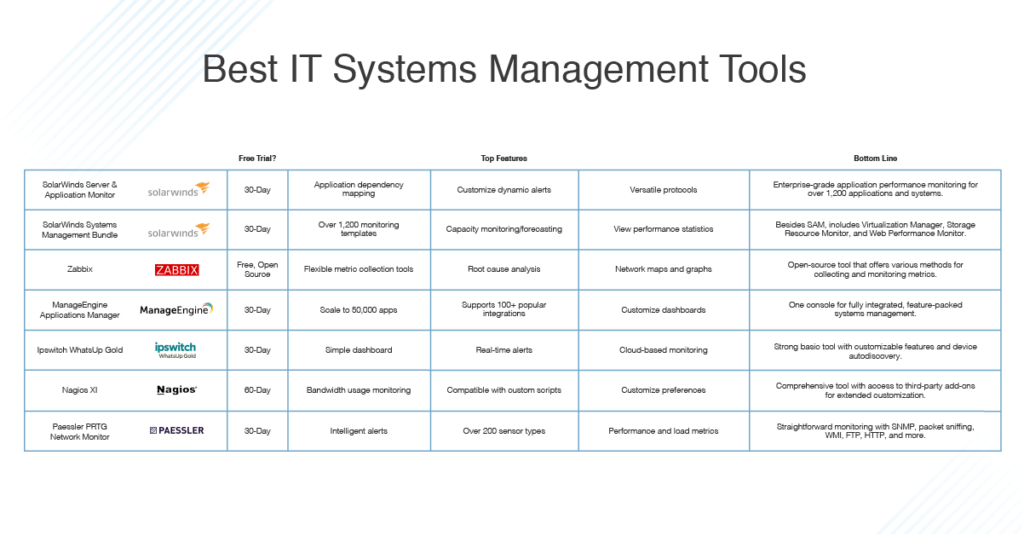
This image is property of www.dnsstuff.com.
Automation Tools
Automation tools aim to streamline and automate repetitive tasks, reducing manual effort and increasing efficiency.
Continuous Integration (CI) Tools
CI tools automate the process of integrating code changes from multiple developers into a shared repository. Examples include Jenkins, Travis CI, and Bamboo.
Deployment Automation Tools
Deployment automation tools enable the automated deployment of software applications to various environments, such as development, testing, and production. Examples include Kubernetes, Docker, and Jenkins.
Robotic Process Automation (RPA) Tools
RPA tools automate repetitive and rule-based tasks typically performed by humans. These tools mimic human interactions with software systems. UiPath, Automation Anywhere, and Blue Prism are examples of widely used RPA tools.
Test Automation Tools
Test automation tools automate the execution of tests, reducing manual effort and providing faster feedback on software quality. Selenium, Katalon Studio, and TestComplete are popular test automation tools.
In conclusion, software tools play a vital role in various aspects of software development, testing, design, collaboration, security, data analytics, and project management. They streamline processes, enhance productivity, and ensure the quality and reliability of software applications. The examples provided in this article are just a glimpse of the wide array of software tools available. By leveraging the appropriate tools for specific tasks or goals, you can optimize your workflows and achieve better outcomes in your software development endeavors.
